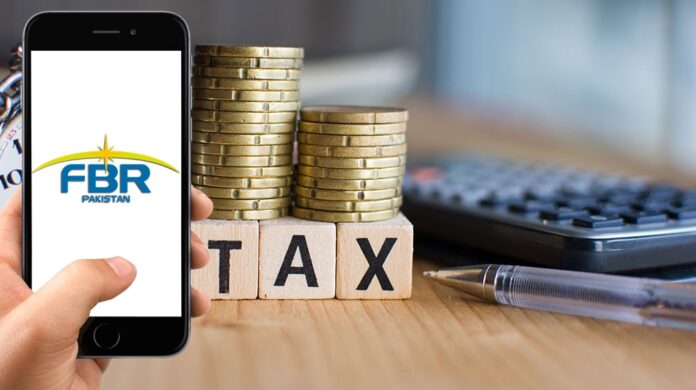The government has unveiled a series of taxation measures totaling over Rs623 billion as part of its efforts to meet a fiscal target of Rs14,131 billion for the 2025-26 budget.
The total proposed tax measures amount to Rs670 billion, with Rs281 billion allocated for new taxes and Rs389 billion for enforcement measures. However, the revenue impact from the salaried class relief, worth Rs58 billion, reduces the net increase in revenue to Rs623 billion for the upcoming fiscal year.
The bill also places a cap on sales tax exemptions for entities within Special Economic Zones (SEZ) and Special Technology Zones (STZ), limiting them to a tax-free period ending in 2035 or upon the expiration of a 10-year exemption period.
Several changes have been proposed to the withholding tax regime. The withholding tax rate on cash withdrawals by non-filers will rise from 0.6% to 1%, while the tax on specified services is set to increase from 4% to 6%, with a flat 15% rate on other non-specified services and a higher rate for sportspersons. The government also plans to impose a 2% tax on the gross value of supplies by vendors selling digitally ordered goods via online marketplaces.
Furthermore, a new 18% sales tax will be levied on imported solar panels and photovoltaic modules, and the reduced sales tax rate of 12.5% on locally manufactured motorcars up to 850cc will be withdrawn. Various other imported goods, such as pet food, chocolates, and cereal bars, will also be taxed according to their retail price.
For the regions previously known as FATA and PATA, the exemption on electricity supply will continue through June 2026, extending relief to consumers in these areas. However, the reduced tax rate on local supplies of vermicelli and sheer mall will be removed as part of broader GST reforms.
Changes to the income tax system include the introduction of a “Digital Transactions Proceeds Levy,” targeting domestic vendors selling digitally ordered goods and services. Banks and courier services will act as withholding agents to ensure taxes are collected throughout the payment chain.
The tax rate on profits from debt is set to rise from 15% to 20%, while dividend tax rates will be increased to 25%. Pension income above Rs10 million will be taxed at a flat 5%, and super tax rates on high-income earners will be reduced slightly for certain income brackets.
Lastly, the definition of “e-commerce” is expanded, and online marketplaces will now be required to withhold a higher sales tax on digital payments. The scope of the withholding tax will also extend to transactions made via cash on delivery (CoD), and the rate for digital payments will increase from 1% to 2%.























